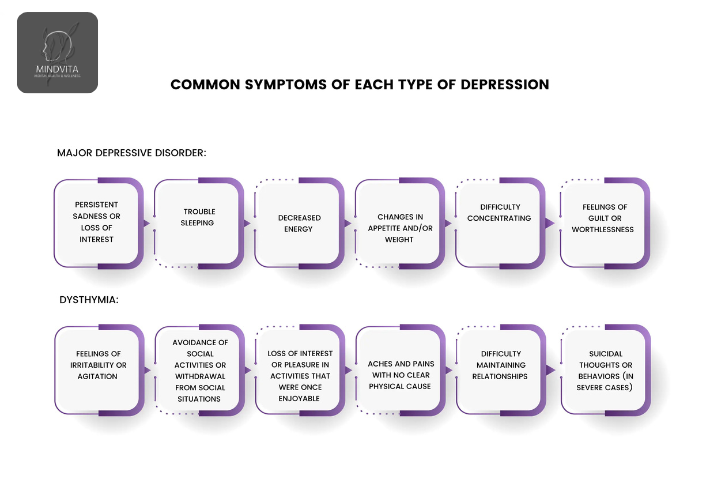As we navigate the evolving landscape of modern work, organizations worldwide are reimagining their approach to workplace flexibility. This comprehensive guide explores the challenges and opportunities that lie ahead in the remote work revolution.
The Rise of Digital Workspaces
The traditional office setup has undergone a dramatic transformation. With advanced collaboration tools and cloud-based solutions, teams can now operate seamlessly across different time zones and geographical locations. This shift has opened new possibilities for both employers and employees.
Key Benefits of Remote Work
Remote work has demonstrated numerous advantages for organizations and individuals alike:
- Increased Productivity Companies report significant improvements in employee output, with studies showing up to a 47% increase in productivity during remote work hours. This boost is often attributed to fewer workplace distractions and more flexible scheduling options.
- Cost Efficiency Organizations have witnessed substantial reductions in overhead costs, including office space, utilities, and daily operational expenses. Employees also benefit from reduced commuting costs and food expenses.
- Work-Life Balance The flexibility of remote work allows employees to better manage their personal and professional responsibilities, leading to improved job satisfaction and reduced burnout rates.
Addressing Common Challenges
Technology Integration
While technology enables remote work, it also presents certain hurdles:
- Cybersecurity Concerns With employees accessing company resources from various locations, organizations must implement robust security measures to protect sensitive data and maintain compliance with industry regulations.
- Digital Infrastructure Companies need to invest in reliable tools and platforms to ensure seamless communication and collaboration among team members, regardless of their location.
Maintaining Company Culture
Building and preserving a strong company culture in a remote environment requires intentional effort:
- Regular virtual team-building activities
- Clear communication channels and protocols
- Recognition programs that acknowledge remote employee contributions
- Structured mentorship opportunities for career development
Best Practices for Hybrid Workplaces
As organizations adopt hybrid models, consider these essential strategies:
Creating Inclusive Meetings
- Equal Participation Implement protocols that ensure both in-person and remote participants have equal opportunities to contribute during meetings and discussions.
- Technical Setup Invest in quality audio-visual equipment to facilitate seamless interaction between on-site and remote team members.
Performance Management
Develop clear metrics for evaluating remote work performance:
- Focus on outcomes rather than hours worked
- Establish regular check-ins and feedback sessions
- Utilize project management tools to track progress
- Set clear expectations and deliverables
Looking Ahead
The future of work will likely continue to evolve, combining the best aspects of remote and in-person collaboration. Organizations that successfully navigate this transition will be better positioned to attract and retain top talent while maintaining competitive advantages in their respective industries.
Final Thoughts
Creating an effective remote work environment requires careful planning, robust technology infrastructure, and a commitment to maintaining strong human connections. By addressing these key areas, organizations can build sustainable and productive remote work cultures that benefit both the company and its employees.




